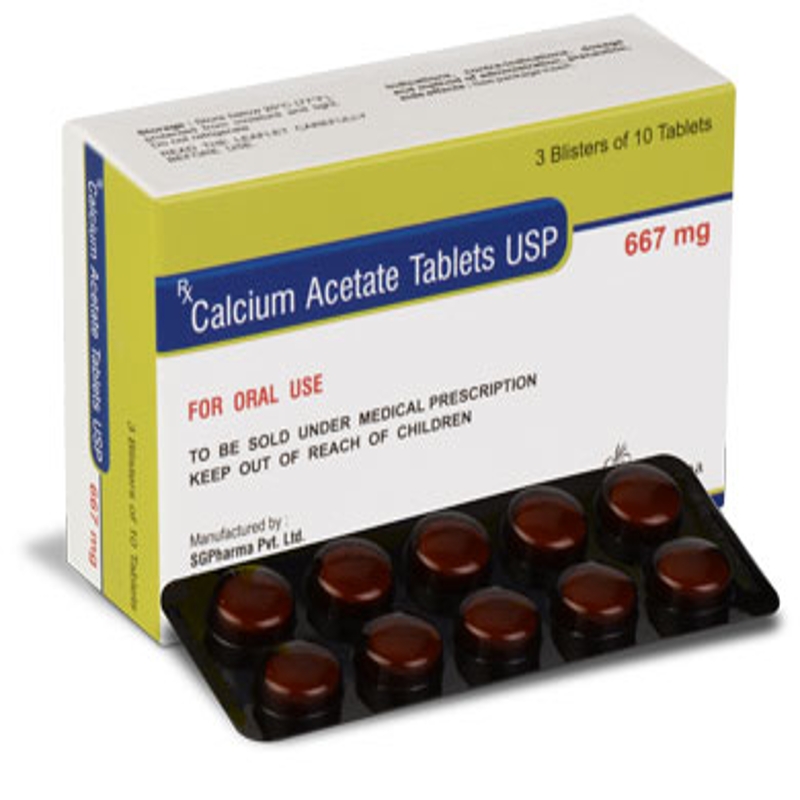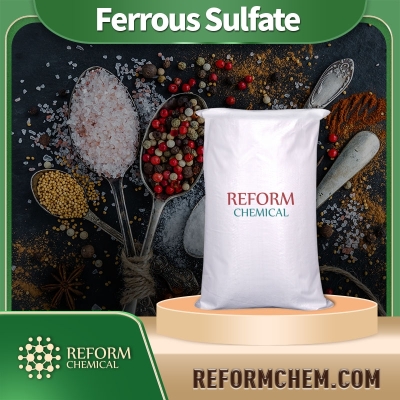-
Categories
-
Pharmaceutical Intermediates
-
Active Pharmaceutical Ingredients
-
Food Additives
- Industrial Coatings
- Agrochemicals
- Dyes and Pigments
- Surfactant
- Flavors and Fragrances
- Chemical Reagents
- Catalyst and Auxiliary
- Natural Products
- Inorganic Chemistry
-
Organic Chemistry
-
Biochemical Engineering
- Analytical Chemistry
-
Cosmetic Ingredient
- Water Treatment Chemical
-
Pharmaceutical Intermediates
Promotion
ECHEMI Mall
Wholesale
Weekly Price
Exhibition
News
-
Trade Service
Scientists have been focusing on induced pluripotent stem cells (iPSCs) since 2006, but there are still difficulties
in how to artificially and safely simulate cell differentiation in the human body in the laboratory to provide targeted medical treatments.
To solve the problem of artificial manufacturing of hematopoietic stem cells, it is necessary to first understand the formation process
of hematopoietic stem cells.
On September 13, 2022, research teams from the University of New South Wales and the University of Melbourne in Australia published research in Cell Reports titled "Mimicry of embryonic circulation enhances the hoxa hemogenic niche and human blood development" (Figure 1
).
Figure 1 Research results (Source: [1])
The study used a 3cm x 3cm microfluidic system to simulate the heart beat and blood circulation of embryos using a microfluidic system pumping blood stem cells produced from embryonic stem cell lines (Figure 2) to validate the hypothesis
that blood circulation and the resulting shear stresses promote blood development in embryos.
Fig.
The study found:
01 Embryonic circulation microfluidics mimic induces the development of human hematopoietic stem cell precursors
Due to the inability to perform direct visualization of EHT in the aorta of human embryos, single-cell transcriptomics and hESC-derived hematopoiesis of human embryonic aorta, which can only rely on microdissection
, are currently available.
Fig.
The study found that a large proportion of the circulating cells produced by MPG culture are CD34+ RUNX1C-GFP+ (Figure 3F
).
02 Circulating flow and shear stress promote the development of hematopoietic precursor cells
Orbital vibration system culture provides another model
for studying the effects of cyclic flow.
Fig.
The comparison found that orbital vibration system culture increased NOTCH gene expression by more than 50 times compared with small molecule vectors, and its level was similar
to that of SB/CHIR fixed culture.
This study not only reveals how hematopoietic stem cell precursors are produced, but also reveals that these hematopoietic stem cell precursors can be obtained by artificial induction, which means that humanity has taken another step towards the use of induced pluripotent stem cells to treat certain refractory diseases, and may be able to achieve the goal
of eliminating the need for hematopoietic stem cell donors in the future.
The innovation of this study is that the research team developed a microfluidic culture system to simulate the heart beat and blood circulation of the original embryo, and verified the hypothesis
that circulatory flow and shear stress promote the blood development of the embryo by the manufactured orbital vibration system.
Corresponding author Robert E.
First author Dr Jingjing Li said: "We made a device that simulates heart beating and blood circulation, as well as an orbital vibration system that generates shear stress or friction as blood cells move through the device or in a dish
.
Resources:
[1] Li J, Lao O, Bruveris FF, et al.







